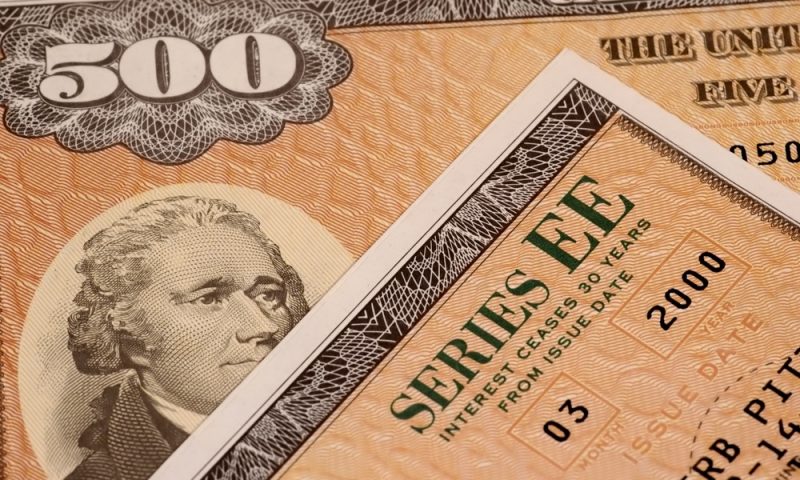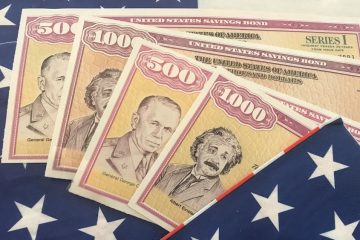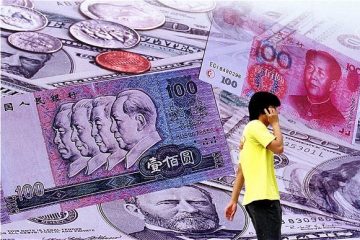Yen eyes post BOJ turmoil, gains after riding JGB yields higher

TOKYO : The yen could be in for a bout of volatility and may even strengthen further in September, building on the boost from a sharp recent rise in Japanese government bond yields.In late July, the yen posted its second-biggest weekly rise against the U.S. dollar since the 2008 global financial crisis. It strengthened to 102 from 106 against the greenback on July 29 and has fortified further to 100.50 as of Friday.
The long-term yield spread, which was wide as 203 basis points in April, narrowed to 158 basis points in early August, its tightest since April 2015. As of Friday it was at 165 basis points.
Japanese government bond yields spiked in response to the limited scope of the Bank of Japan’s stimulus increase, drove the yen’s rise and turned the U.S.-Japan long-term interest rate spread into a driver of strength in the yen.
The long-term yield spread – the difference between yields on the two countries’ 10-year government bonds – has narrowed from 203 basis points in April to 165 basis points as of Friday, after being as narrow as 158 basis points in early August. JPMorgan estimates the correlation between the spread and the exchange rate has reached its highest level this year.
“There has been a good amount of correlation between the long-term yield spread and dollar/yen over the past two months. It might not have registered on everyone’s minds but it is a factor impacting the pair,” said Makoto Noji, senior strategist at SMBC Nikko Securities.
This dynamic may not change soon. The U.S. 10-year yield has dropped more than 70 basis points this year with the market still unsure whether the U.S. Federal Reserve intends to lift rates a second time before this year – a long way from the four rates rises expected at the end of last year.
The market is waiting for Fed Chair Janet Yellen’s speech tonight at the annual gathering in Jackson Hole, Wyoming, for guidance on U.S. rates.
On the Japanese side there are also concerns that the Bank of Japan could be nearing the end of its tether, already burdened with unconventional schemes such as negative interest rates and massive bond purchases. It was a jolt in late July when Japan’s 10-year yield jumped from near-record lows of minus 0.295 percent to minus 0.025 percent.
The surge was triggered when the BOJ disappointed markets by opting not to increase in its bond purchases just as the government was poised to issue more debt to fund its latest stimulus drive.
The yield has remained elevated above its lows on concerns that the BOJ, which already holds a third of outstanding JGBs, will hold steady or even begin trimming the amount of debt it buys after its review meeting over September 20 to 21.
Such worries imply that there could be a bond market sell-off that would send yields higher if the BOJ does not deliver further easing measures such as increased bond buying or more deeply negative interest rates.
“Market expectations have become destabilised as the BOJ suddenly introduced a vague term like a ‘comprehensive review’ of its policies,” said Daisaku Ueno, chief forex strategist at Mitsubishi UFJ Morgan Stanley Securities in Tokyo.
Ueno sees significant turbulence across markets no matter what the BOJ does in September, as expectations of what the central bank might do have come to differ according to each asset class.
Even if JGB yields do rise further, participants say the factors driving the rise would be more important in the longer term for the yen than the actual level of increases.
“A rise in yields would not necessarily benefit the yen if it were to be generated by themes like a stalemate in BOJ policy, fiscal concerns and worries about Japan’s credit rating,” said Koji Fukaya, president of FPG Securities in Tokyo.


